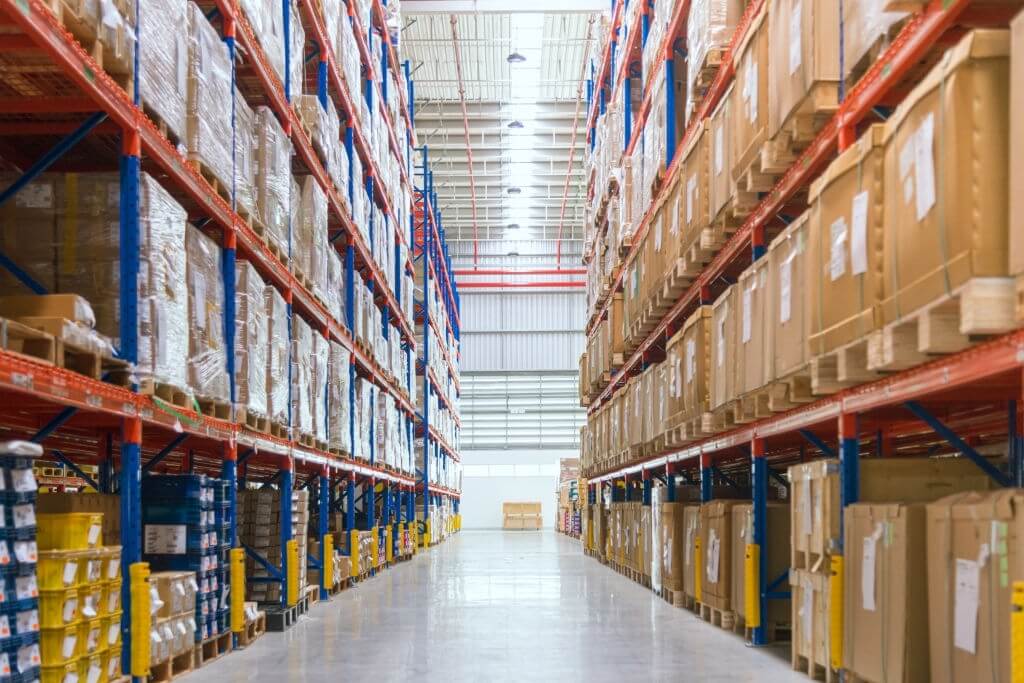Latest Digital Supply Chain Trends to Look For in 2020
Table of Contents
Supply chain Trends in 2020
The lesson that the year 2020 taught us is that along with making the quality, cost, and delivery better, it has also become mandatory to make the supply chain efficient, flexible, and responsive to deal with climate disasters, pandemics, and trade wars. There is an urgent need to bring changes in the traditional supply chain. As if the pandemic was not enough, trade wars among different countries are also heating up, which are expected to increase unemployment and influence the economy worldwide.
Solution
As the pandemic hit the world, companies are now looking for ways to keep their businesses running. But guess what? The solution mostly lies in digitization. Companies should not hesitate to incorporate the latest technology to earn a competitive edge in the market. Supply chain operators should be looking for alternate ways to ensure efficient operations. This can be done by introducing new policies and innovation along with hard work to bring resilience in the supply chain.
How are Different Organizations Coping?
Many companies are now dealing with secondary and tertiary suppliers to prevent any delays in transportation and to compensate for the missed deliveries. Automation in transportation, warehouses, and manufacturing with 3D technologies appear to be the leading trends in the supply chain.
Certain research suggests some top trends that the supply chain managers should look out for in 2020 which are discussed below.
Edge Computing and Analytics
Edge computing which is computing near the data source is an emerging trend to assist in various logistics operations including
- Low latency processing
- Real-time data tracking
- Automated decision making
This technology is also being adopted by certain manufacturing industries. Many companies use driverless forklifts in their warehouses and others use edge computing to search and spot the maintenance or replacement requirements.
Artificial Intelligence
AI is in season and many companies have incorporated AI to carry out various operations of logistics. The integration of artificial intelligence in arranging and handling logistics business will surely reshape the entire business in the coming future. Many logistics and transportation companies have already integrated technology to make a predictive analysis. AI assists the companies in
- Simplify complex information
- Improve human performance
- Perform monotonous tasks efficiently
- Increase visibility across the supply chain
- Join networks that are remote
Supply Chain Governance and Security
With the increasing global risks of security breaches which can harm the company both on digital and physical levels, the latest trends would incorporate new solution in governance and data security against the cyber attacks. According to some research, these may include
- Track and trace solutions
- Smart packaging
- RFID
- Near Field Communication capabilities
Continuous Intelligence
Continuous intelligence operated at a much faster speed and helps analyse data quicker than ever. This speeds up the digital transformation of the supply chain. It can
- Identify the processed content
- Analyse it
- Take action at a much quicker speed
Hyper Automation
It refers to a structure for combining different technologies in order to streamline supply chain operations. It increases collaboration between different functions of the supply chain.
Driverless Trucks
One of the biggest things to be introduced in the future is driverless trucks. There is often a shortage of truck drivers and with the rising demands of transportation, relying on the older methods of dependence on humans could create problems for the transporting industries in the future.
Internet of Things
The IoT which is shorter for the Internet of Things has the ability to simplify the logistics process and make the whole procedure smooth. IoT is becoming a leading trend in supply chain management. According to some studies, the number of companies that incorporated IoT in their operations increased to 25% in 2019 and is expected to grow an additional 13.6% by 2022. The advantages that IoT offers cannot be ignored
- Monitor inventory
- Automate the assortment of products
- Track deliveries
- Make predictive analysis
- Make timely orders
- Increase transparency
Equipped with the technology of sensors and smooth networking, the information and status of the products being transported can be shared easily by using IoT. IoT can help companies to keep a watchful eye on every step of the transportation. The speed and efficiency that comes with the IoT technology can increase the output with a little effort.
Management of the fleet
IoT offers more benefits than anyone can imagine. By analyzing data beforehand, IoT helps to make predictive analysis and make pre-emptive decisions. It helps the transportation industries to achieve efficiency as they deliver products on time with safe transits.M2M is becoming one of the latest trends in the transportation industry. The idea of M2M services is structured around three main pillars which are
- Machine to machine
- Machine to man
- Machine to mobility
5G Networks
5G is considered to be a remarkable option for a supply chain to fuel innovation and boost its potential. It is expected to add speed and bring efficiency in the processing capabilities. For instance, implementing 5G in a factory could enhance
- Real-time visibility
- IoT capabilities
Self-Driving Fleet
Machine to machine learning can enable a self-driving fleet where one vehicle can communicate with one another enabling less carbon emission and saving fuel.
Immersive Experience
Progress in AI is expected to transform the supply chain entirely. Latest technology including
- Virtual reality
- Augmented reality
- Mixed reality
- Amplify human capabilities
- It provides workers with a safe and virtual-realistic environment.
Supply Chain Digitization
Digitization is one of the most dominating trends. It can make the supply chain ecosystem smart and efficient. It can
- Bring an end to silos
- Enhance transparency
- Automate different supply chain operations
- Introduce paperless systems to promote sustainability
Digital Supply Chain Twins
A DSCT shorter for digital Supply Chain Twin represents the physical supply chain and is based on the operations and data obtained from the original supply chain that assists in the end to end decision making.
Industry 4.0
Supply chains across the world all the way from the manufacturing of a product to its delivery to the final customer, are becoming more and more digital. The fourth wave of technological advancement ‘Industry 4.0’, interconnects all the steps in the logistics as well as the transportation sector and allows intercommunication to make the whole process smooth. Not only this, but the interconnectedness also increases monitoring and helps gain better control over the system.
Supply Chain and use of the Cloud
According to various studies conducted, the cloud is the future of the supply chain. The use of cloud computing is likely to increase six times more than the other IT investments. Cloud computing brings a lot to the table including
- Flexibility
- Better user experience
- Scalability
- Ease of access
- Greater output
- Accessibility
Omnichannel Supply Chains Become the Norm
In accordance with the customers’ demands, the omnichannel supply chain is becoming a trend. Many companies are switching from a single channel and multi-channel supply chains to omnichannel supply chains to cope with the increased requirements of customers as well as to replenish stock at the outlets.
Robotics
As organizations react to the clashing requests of omnichannel supply chains, particularly with respect to the requirement for adaptability, many are going to apply automation to accelerate certain operations. Robots are perfect for tedious jobs, for example, arranging, counting, and, for picking and delivering items in the distribution center. The International Federation of Robots anticipates interest for robots and cobots to develop by ten percent in 2020.
Sustainability Is Becoming Essential
One of the major upcoming trends in the supply chain is sustainability. Customers too are becoming conscious about using green products and demand from the companies to follow sustainable steps. These things call for sustainable practices in the supply chain including
- Switching to cardboard packaging
- Lesser or no use of plastic
- Less carbon footprint
Growth in Circular Supply Chains
Companies are moving away from the traditional linear supply chains to complex and circular supply chain. Circular supply chains are eco-friendly where the producers reuse and recycle the discarded and old products.
Agile Supply Chains
Modern supply chains need to be flexible and agile with the ability to respond to changes and unpredictable situations quickly and efficiently. Their entire focus must be on
- Reliability
- Consistency low cost
One of the leading trends is the shift from offshore manufacturers to local ones. This adds a lot of benefits to the supply chain including
- Shorter delivery times
- Lower costs






